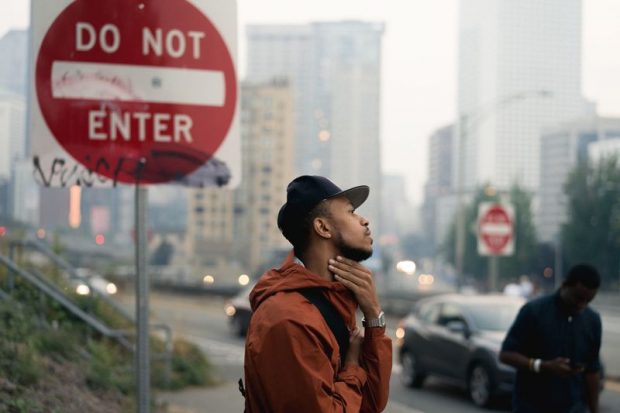The Definitive Guide to Framing Streets
The Definitive Guide to Framing Streets
Blog Article
All about Framing Streets
Table of Contents9 Simple Techniques For Framing StreetsGetting The Framing Streets To WorkFraming Streets Fundamentals ExplainedFraming Streets Can Be Fun For EveryoneFraming Streets Fundamentals ExplainedNot known Details About Framing Streets
, usually with the purpose of capturing images at a crucial or emotional moment by mindful framing and timing. https://www.tumblr.com/framingstreets1/739107565559037952/framing-streets-is-a-timeless-journey-a-journey?source=share.
His boots and legs were well defined, but he is without body or head, since these were in movement." Charles Ngre, waterseller Charles Ngre. https://ameblo.jp/framingstreets1/entry-12836078313.html was the first photographer to obtain the technological elegance required to sign up individuals in motion on the street in Paris in 1851. Photographer John Thomson, a Scotsman working with journalist and social activist Adolphe Smith, released Road Life in London in twelve regular monthly installations beginning in February 1877
Get This Report on Framing Streets
Eugene Atget is considered a progenitor, not due to the fact that he was the first of his kind, however as an outcome of the popularisation in the late 1920s of his document of Parisian roads by Berenice Abbott, who was motivated to undertake a similar documentation of New York City. [] As the city developed, Atget assisted to promote Parisian streets as a worthwhile subject for photography.

Some Known Incorrect Statements About Framing Streets
Martin is the initial taped digital photographer to do so in London with a masked video camera. Mass-Observation was a social research organisation founded in 1937 which aimed to tape-record everyday life in Britain and to tape-record the reactions of the 'man-in-the-street' to King Edward VIII's abdication in 1936 to wed divorce Wallis Simpson, and the succession of George VI. Between 1946 and 1957 Le Groupe des XV each year showed work of this kind. Andre Kertesz. Circus, Budapest, 19 May 1920 Street digital photography created the major material of 2 events at the Gallery of Modern Art (Mo, MA) in New york city curated by Edward Steichen, Five French Professional Photographers: Brassai; their website Cartier-Bresson, Doisneau, Ronis, Izis in 1951 to 1952, and Post-war European Photography in 1953, which exported the principle of road photography globally.

The Ultimate Guide To Framing Streets
The recording maker was 'a concealed camera', a 35 mm Contax hidden below his coat, that was 'strapped to the upper body and linked to a lengthy wire strung down the appropriate sleeve'. Nonetheless, his job had little modern effect as as a result of Evans' level of sensitivities about the creativity of his job and the personal privacy of his topics, it was not released until 1966, in the book Several Are Called, with an introduction created by James Agee in 1940.
Helen Levitt, after that a teacher of little ones, linked with Evans in 193839. She documented the transitory chalk illustrations - sony a7iv that were part of kids's street culture in New York at the time, along with the kids that made them. In July 1939, Mo, MA's brand-new photography area included Levitt's job in its inaugural exhibitRobert Frank's 1958 book,, was significant; raw and frequently out of focus, Frank's photos questioned conventional photography of the time, "tested all the formal rules set by Henri Cartier-Bresson and Walker Evans" and "contradicted the wholesome pictorialism and wholehearted photojournalism of American magazines like LIFE and Time".
Report this page